
Nanopore Sequencing Comes to Plant Genomes
Blog, Research, Research Blog, The Plant Cell, The Plant Cell: In BriefThe next generation of next-generation sequencing is upon us. Third-generation sequencing aims to provide long stretches of sequence – ultimately to the chromosome level – at bargain basement prices. Progress is being made toward those goals with the emergence of long-read sequencing techniques and…
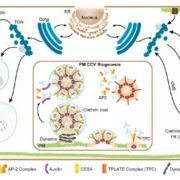
Update. Inroads into Internalization: Five Years of Endocytic Exploration
Blog, Plant Physiology, Plant Physiology: Updates, Research, Research BlogBy Gregory D. Reynolds, Chao Wang, Jianwei Pan, Sebastian Bednarek
Introduction
The plasma membrane (PM) serves as the interface between the cell and its environment. Accordingly, cells have the capacity to modulate their complement of PM-associated receptors, transporters, channels, lipids, and…
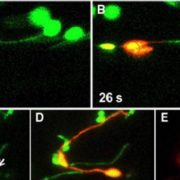
Update. Stromules: Probing formation and function
Blog, Plant Physiology, Plant Physiology: Updates, Research, Research BlogBy Maureen R Hanson, Kevin M Hines
ABSTRACT
Stromules are narrow tubular structures, comprised of stroma surrounded by the envelope membrane, which emanate from all types of plastids found in vascular plants. The mechanism for formation of stromules is not understood, but investigating how they arise…

Update: Signal dynamics and interactions during flooding stress
Blog, Plant Physiology, Plant Physiology: Updates, Research, Research BlogBy Rashmi Sasidharan, Sjon Hartman, Zeguang Liu, Shanice Martopawiro, Nikita Sajeev, Hans van Veen, Elaine Yeung, Laurentius A.C.J. Voesenek
Abstract
Flooding is detrimental for nearly all higher plants including crops. The compound stress elicited by slow gas exchange and low light levels under…

ASPB joins with other societies to launch the Scientific Society Publisher Alliance (SSPA)
Blog, Research, Research BlogWashington, D.C. – A group of prestigious not-for-profit scientific membership societies today announced the launch of the Scientific Society Publisher Alliance (SSPA) (byscientistsforscience.org), an initiative focused on building awareness of and support for publication of scientific research by…

Bridging the Gap between Science and the Field
Blog, Careers, Careers - Blog, Careers in Plant Science, Research, Research BlogMany journal articles in the plant sciences – including some of mine – finish with statements like “these findings can potentially contribute to solving the challenge of feeding the world’s growing population whilst saving the planet’s limited resources”. That is a noble ambition. Sadly,…
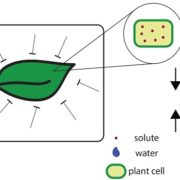
ABA accumulation in dehydrating leaves is associated with decline in cell volume not turgor pressure
Blog, Plant Science Research Weekly, Research, Research BlogDesiccating leaves show increased ABA levels triggered by low turgor – right? Apparently not! The pressure chamber experiments showing increased ABA levels in desiccating leaves are inconsistent when the entire leaves are enclosed in the chamber. Sack et al. proposes that the turgor pressure is increased…
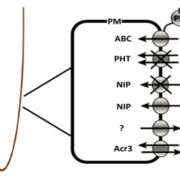
Review: New molecular mechanisms to reduce arsenic in crops ($)
Blog, Plant Science Research Weekly, Research, Research Blog“Over 200 million humans are at risk of arsenic poisoning,” due to arsenic in groundwater and its uptake into crops. Our understanding of the transporters through which arsenic enters the plant, moves through the plant, and enters the seed has increased substantially in recent years, opening the…
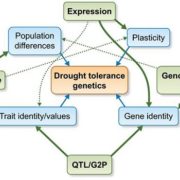
Review: The genetics of drought tolerance in conifers
Blog, Plant Science Research Weekly, Research, Research BlogChanging climates mean changing rainfall patterns, which can have serious consequences for long-lived plants such as conifers. Moran et al. provide a thoughtful and readable overview of the strategies that enable some conifer species to survive drought. They start by discussing the different definitions…

